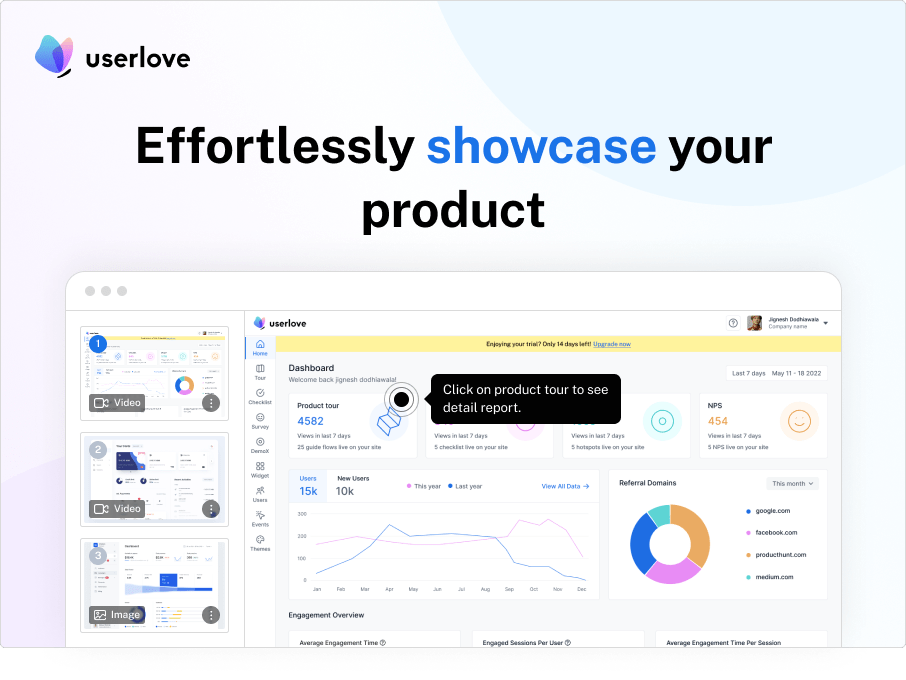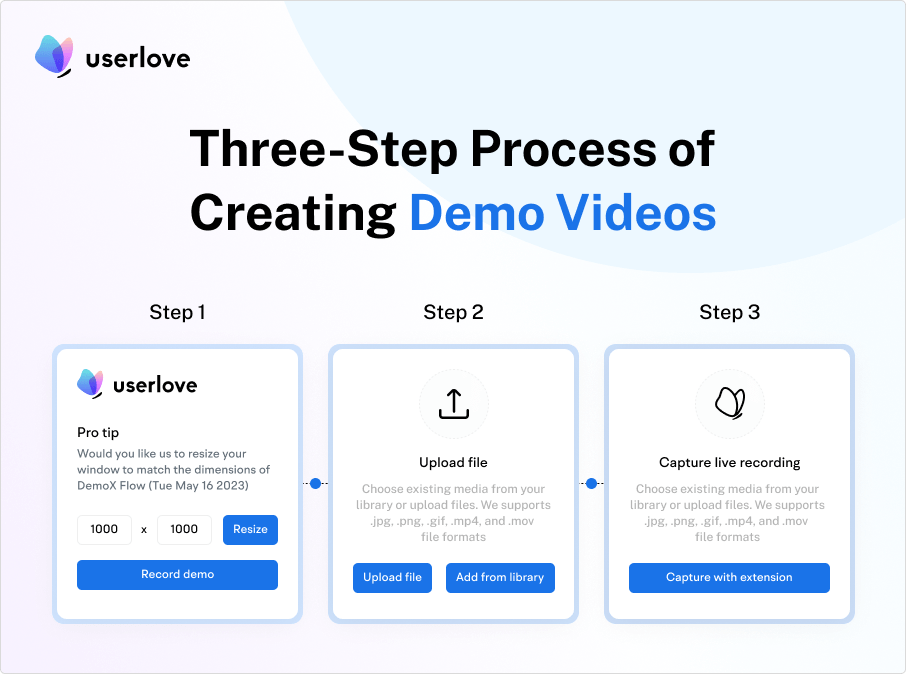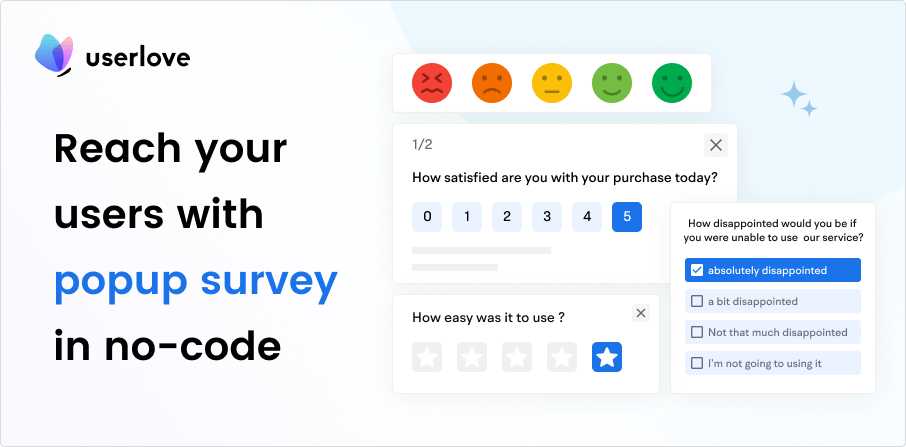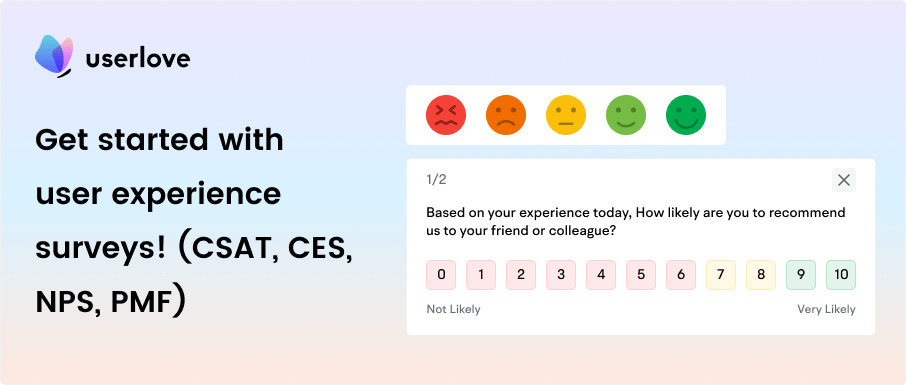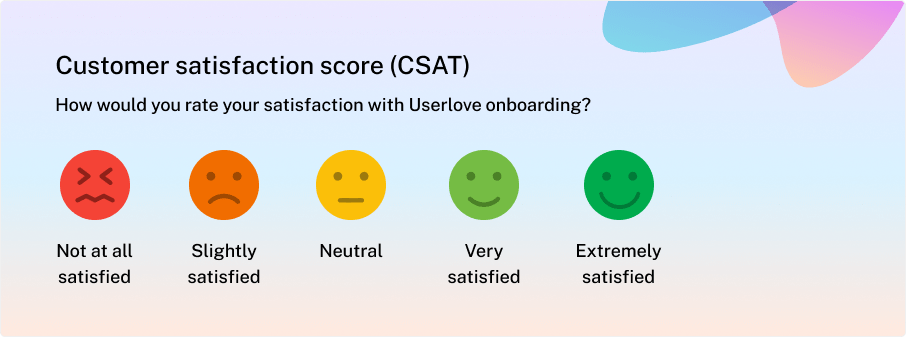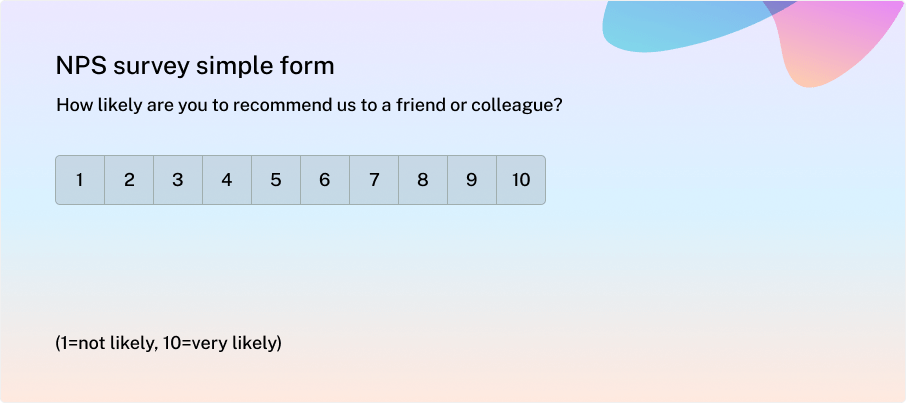- ProductsUserloveUserlove simplifies user onboarding, boosts engagement and accelerates adoption without requiring any coding skills.FEATURESSegmentationOptimizing user engagement through precise segmentation.Tooltip & HotspotHighlight key areas and provide specific information.TemplatesReady to use professional templates for quick start.ThemesCreate fantastic, personalized experiences that work well with the user interface of your product.EventsGenerate visualizations of data and events without coding.
- Use Cases
- ResourcesRESOURCES
- Pricing
- Contact Us
How to collect user feedback and become a VOC
Learn the art of gathering user feedback effectively and transform into a true Voice of the Customer (VOC) with our comprehensive guide. Harness the power of insights to refine your products and services.
A Guide to Becoming a Voice of the Customer (VOC)
In the digital age, user feedback has become an invaluable resource for businesses, product developers,
and service providers. User feedback refers to the opinions, suggestions, and experiences shared by
customers or users of a product, service, or platform. It serves as a crucial tool for understanding user
needs, improving products, and enhancing the overall user experience. In this blog, we will explore the
significance of user feedback, its various forms, and how it can be effectively utilized to drive success.
How important is user feedback?
Insight into user needs
User feedback offers valuable insight into the preferences, requirements, and expectations of your target audience. By listening to your consumers, you can determine their pain points, comprehend their objectives, and design your product or service in accordance with these factors.
Product Improvement
Feedback acts as a compass for product improvement. It helps you identify areas that require refinement, uncover bugs or technical issues, and develop new features that address user concerns. Implementing user suggestions can lead to increased user satisfaction and loyalty.
Customer Satisfaction
It facilitates the identification of areas requiring refinement, the discovery of flaws or technical issues, and the development of new features to resolve user concerns. Implementing user suggestions can increase user loyalty and satisfaction.
Competitive Advantage
Getting reviews provides a competitive advantage by enabling you to differentiate your product or service from competitors. By consistently incorporating user suggestions, you can create a superior user experience that sets you apart in the market.
Types of user Feedback
Focuses on gathering feedback about the overall experience users have with your product or service.
Include questions about ease of use, navigation, design, and any pain points or areas for improvement users may have encountered.
Use rating scales, open-ended questions, and qualitative feedback to gather insights into user experiences and preferences.
Aims to measure how satisfied customers are with your product, service, or overall brand.
Include questions about specific aspects of the customer journey, such as purchase experience, product quality, support, and post-purchase satisfaction.
Use rating scales, multiple-choice questions, and optional open-ended questions to gauge satisfaction levels and identify areas for improvement.
Focuses on understanding the impact or effectiveness of your product or service on customers.
Include questions about the outcomes or results customers have achieved using your product/service.
Use rating scales, follow-up questions, and qualitative feedback to gather insights into the effectiveness and value your product/service brings to customers’ lives or businesses.
Utilizing Net Promoter Score (NPS) feedback empowers businesses to gauge customer satisfaction and loyalty. By asking a simple question like “How likely are you to recommend our product/service to a friend or colleague?”, companies can categorize users as promoters, passives, or detractors. This insight helps in identifying areas for improvement, enhancing user experience, and fostering brand loyalty. NPS feedback acts as a compass, guiding strategic decisions and ensuring that customer preferences remain at the heart of business endeavors.




